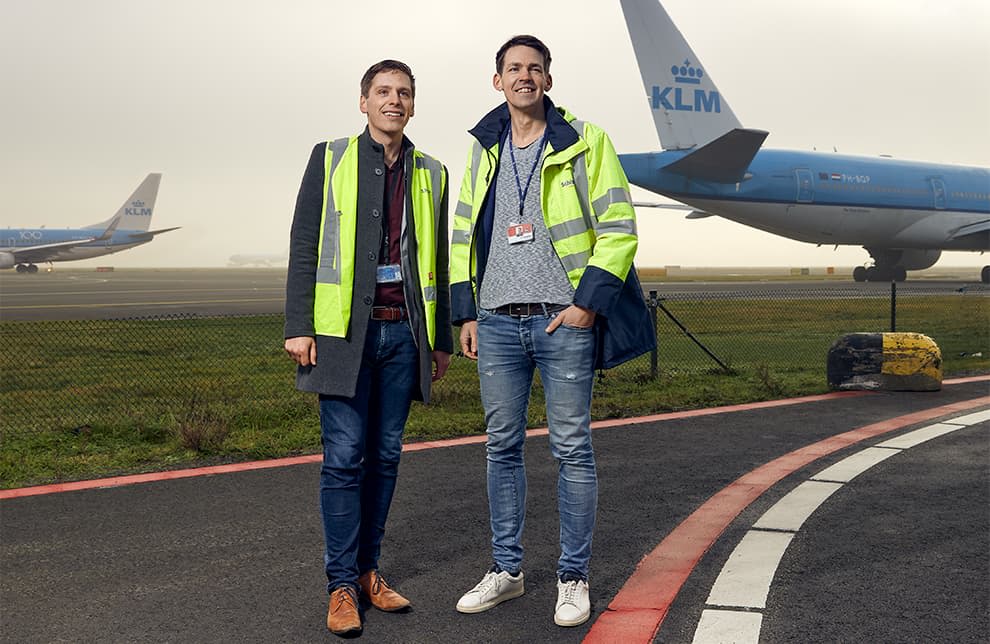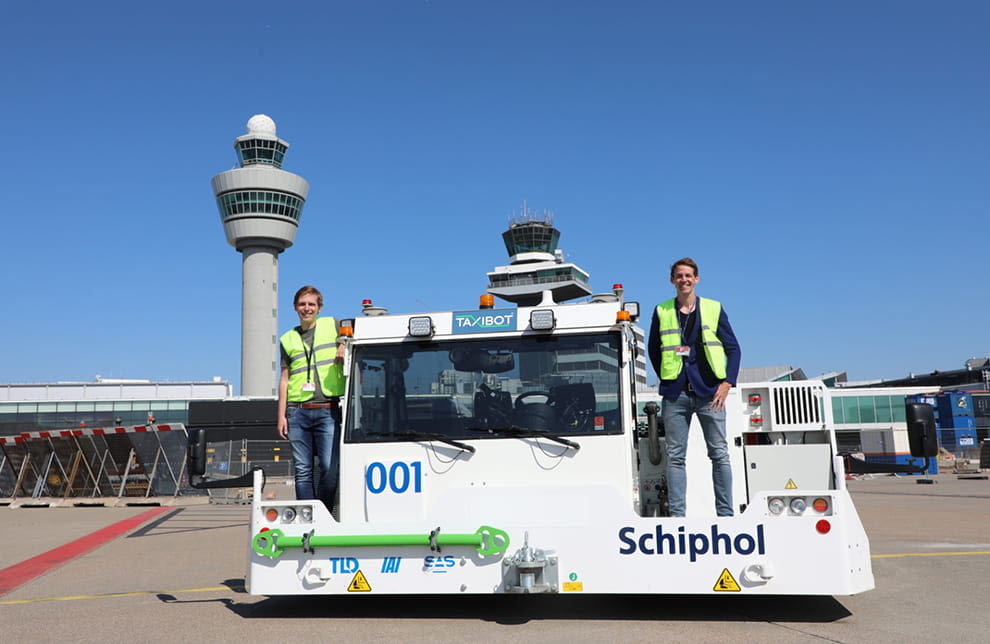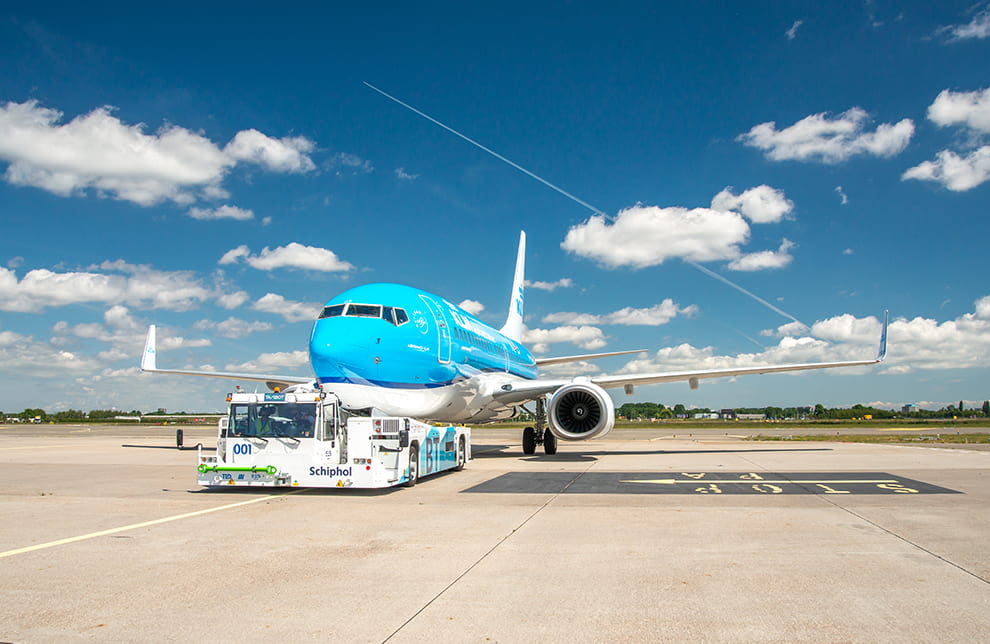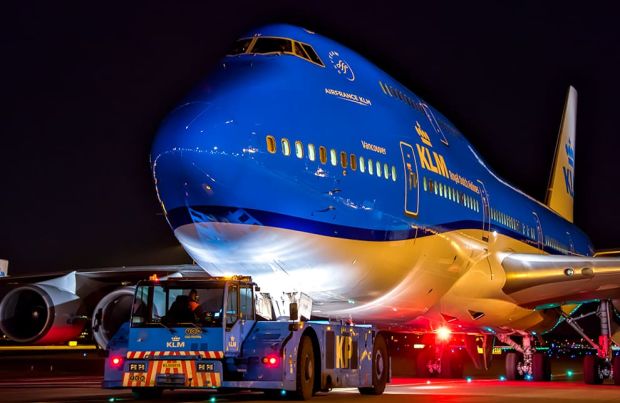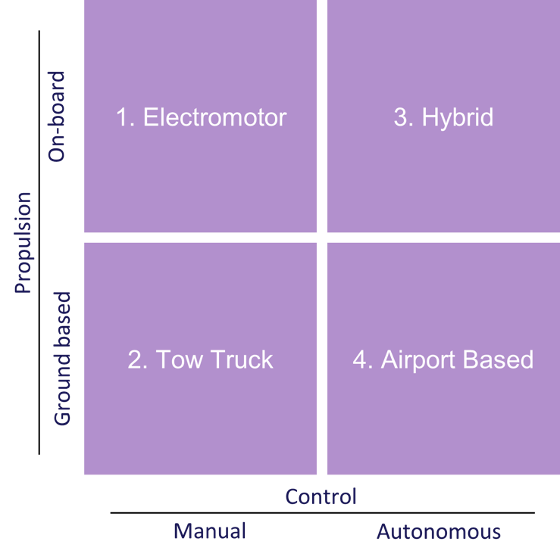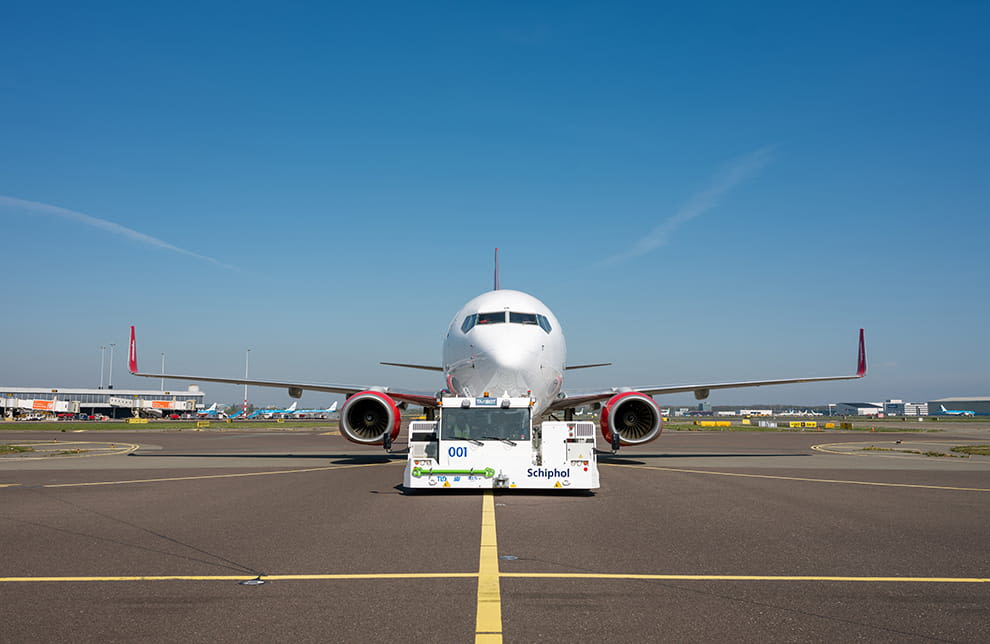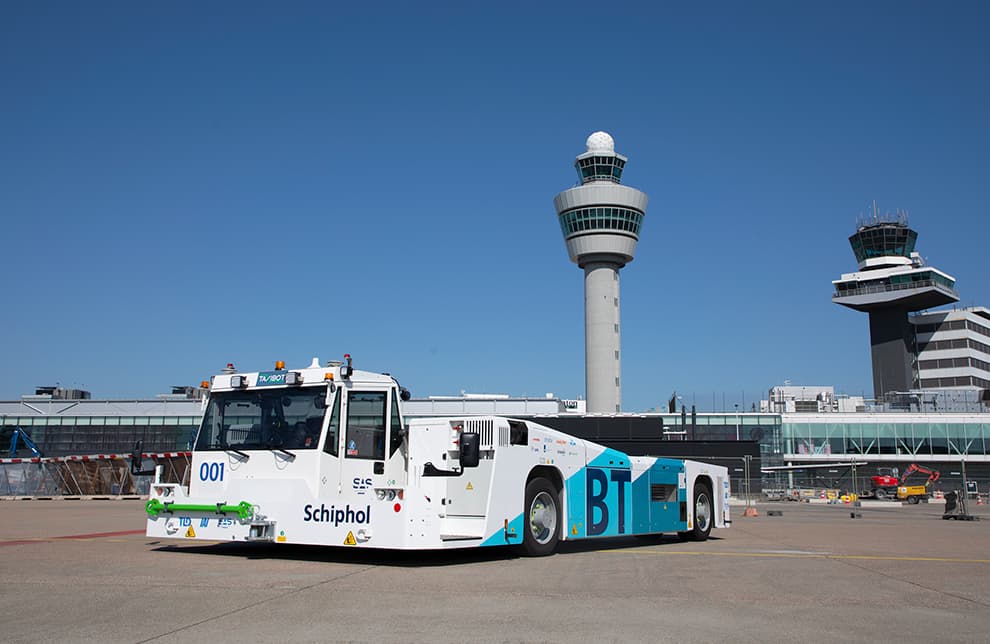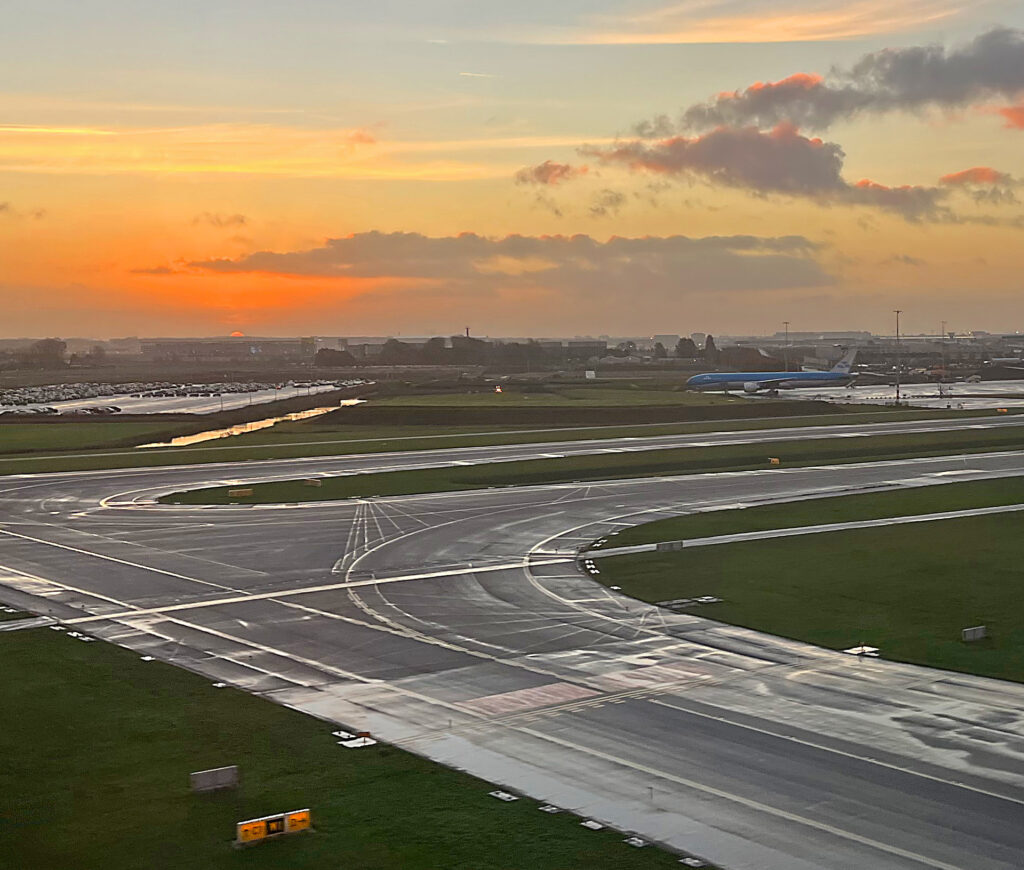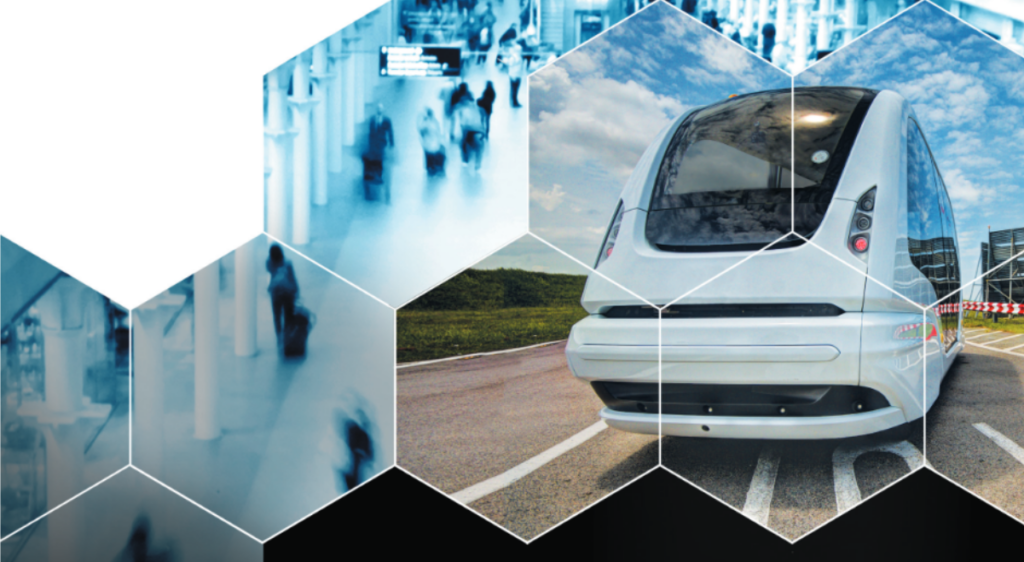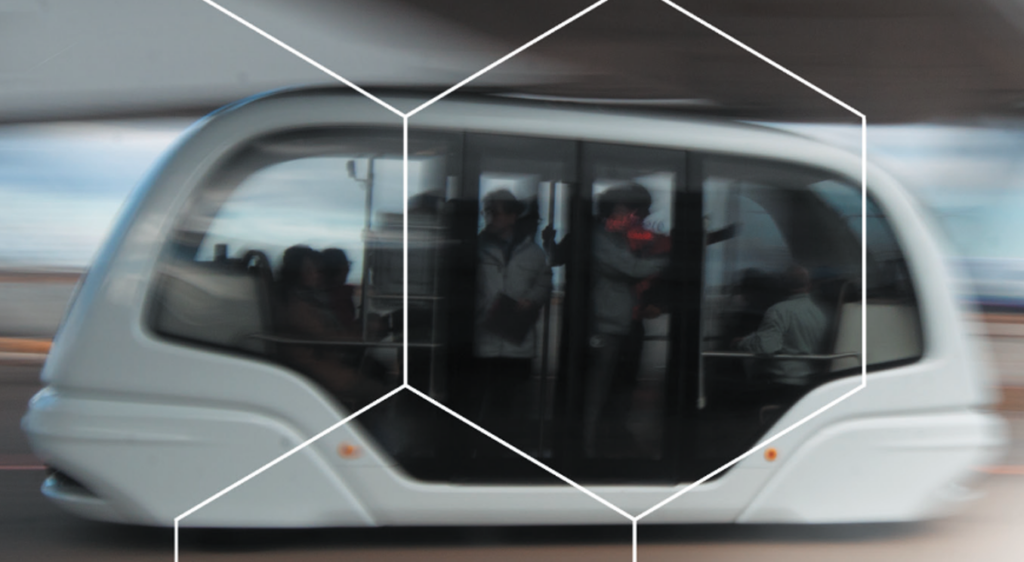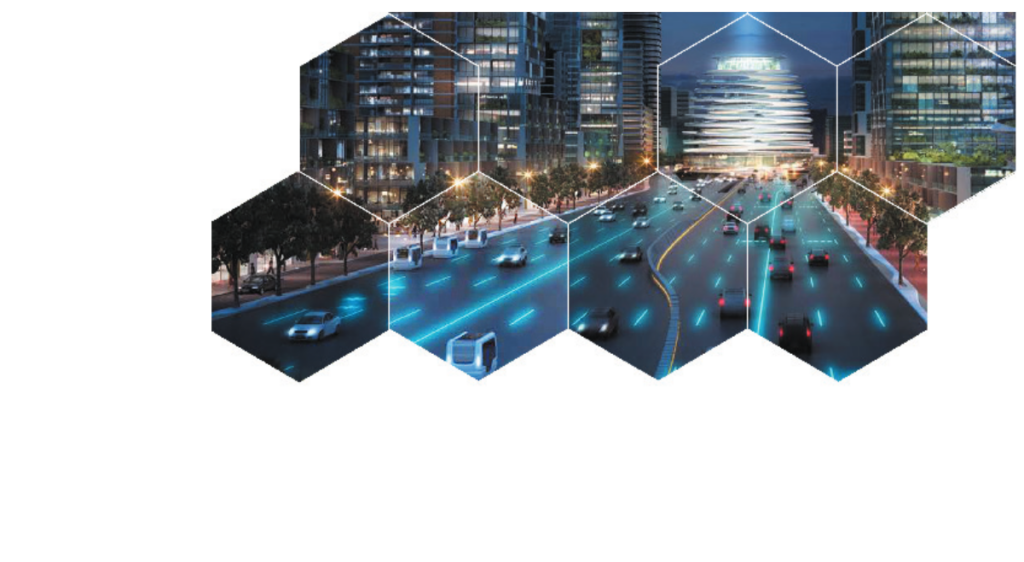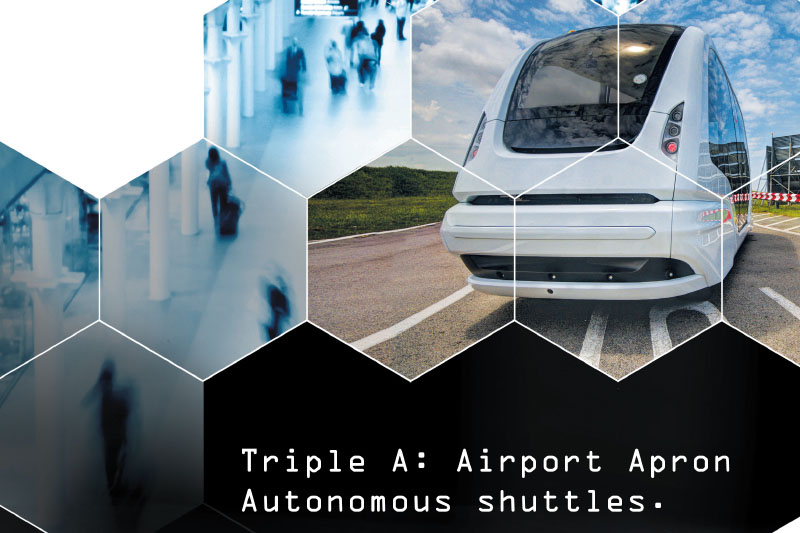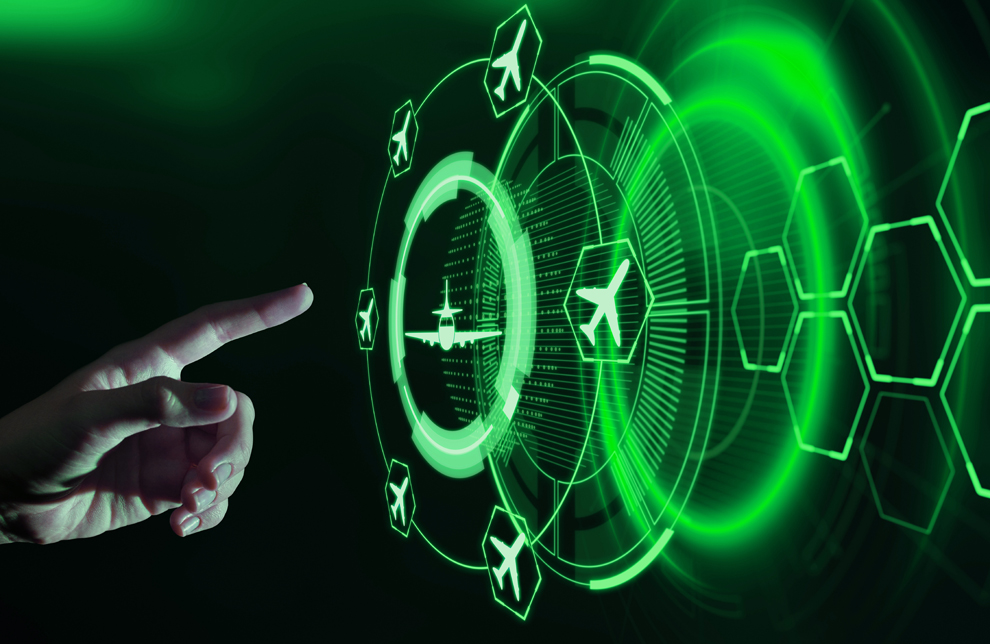Ushering in a new era
The future of aviation depends on achieving growth in a responsible and therefore sustainable way (ICAO). The current operational concepts are stretched, with infrastructure and resources limitations impacting ground movements particularly. To address this sustainable taxiing and automation are being introduced, with most notably Europe imposing a 2030 target for implementation of Advanced Surface Movement Guidance and Control Systems (A-SMGCS) at key airports.
Usher AI provides intelligence, expertise and experience on sustainable taxiing, (semi-)automated taxi operations and A-SMGCS. Our conviction is airports will gradually move to more advanced operations, evolving by combining existing procedures with new concepts. The aim is to ensure flexibility and minimize costs by enabling fluent, deadlock-free routing of inbound, outbound and other ground movements to improve sustainability, capacity and safety.
Sustainability
Aviation reduces its environmental impact with new technologies, also in ground operations. Time coordinated routing of planes minimizes CO2 and (ultra)fine particles emissions with their impact on the environment and the health of people.
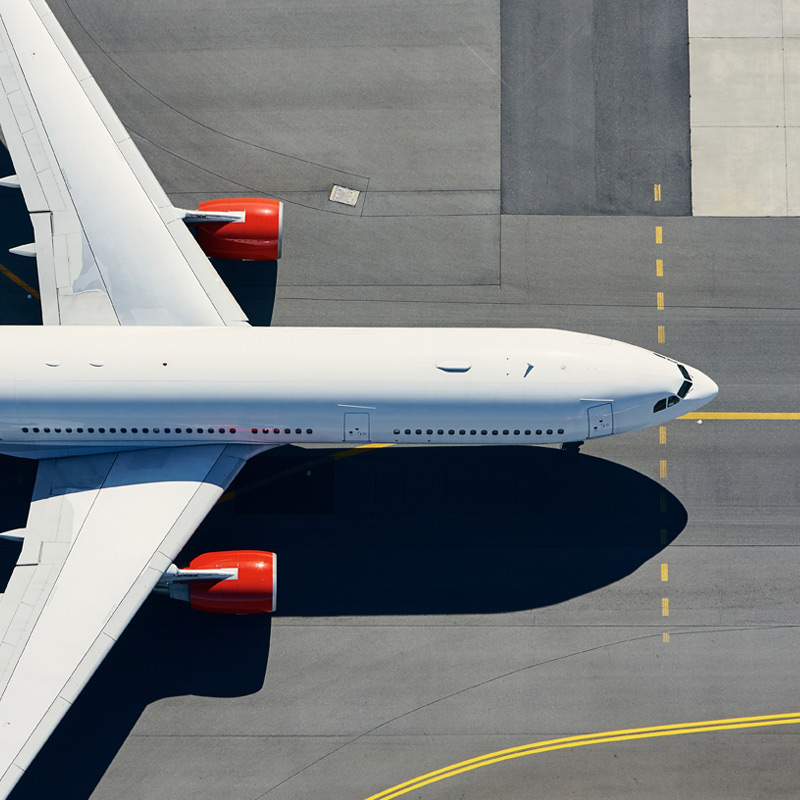
Capacity
Environmental, health and space restrictions limit the growth of airports. To accommodate the rising demand for air travel, dead-lock free routing of ground movements allows for sweating existing airport assets, including taxiways.

Safety
At major airports there are over 10 planes not following the correct taxi-route in a typical month. Centralized routing of movements with direct guidance prevents delays to flights and damage to assets as well as incidents and accidents.
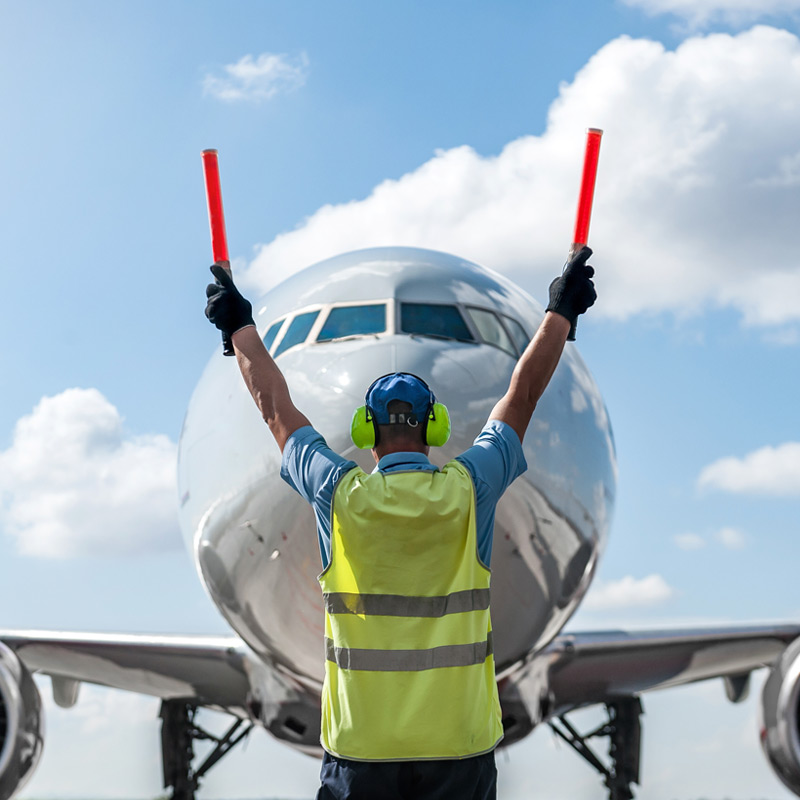
Concept of Operations
Ground operations need to be future-proof, plannable and predictable. This requires interfacing between systems to verify conflicts in the various routes planned, providing feedback to ensure they are dead-lock free and time-coordinated. The fluency of all movements minimizes the time on the ground, fuel burn and the associated emissions.
By automation the burden on air traffic controllers is reduced, addressing the staffing shortage and decreasing the resulting delays.
Where the technology is available, proper integration between suppliers and airport stakeholders to prepare and ultimately implement solutions in an operational environment, requires careful alignment on each step. This is where Usher AI guides airports forward.
Taxibot
Usher AI’s expertise and experience includes single engine and sustainable taxiing operations as well as engine off taxiing with the semi-robotic Taxibot. In addition, our experience with automated vehicles provides insight into the requirements to introduce such in the airport’s operational environment as well as verification and validation of the operations.
For the ultimate ground operations, all movements operational in the airport maneuvering area would be monitored. Directing buses and service vehicles also, ensures operations are optimized from a holistic standpoint. The exceptions are routes that are not plannable, such as emergency vehicles. Their priority movements should be accommodated in the operations.
Usher impacts the work of the various stakeholders positively:
Air traffic controller/ANSP
Planning, routing and guidance of traffic on the airport’s surface becomes easier, thus consuming less time and reducing risk. With only limited communication required and procedures fully digital, working seamlessly with other stakeholders in the airport’s APOC is facilitated.

Airport operator
The efficient routing ensures Co2 and (ultra)fine particle emissions are reduced. It also allows for new operational concepts such as sustainable taxiing and starting engines away from the gates. The pressure on gates and runways is relieved while overall safety and efficiency are improved.

Airlines
The centralized routing ensures fuel burn during taxiing and time on the ground is minimized. The workload for pilots is eased, especially at unfamiliar airports, leading to higher predictability and lower damages. With the air traffic controller in the APOC, further optimization is possible.

Resources
Meet the team
Usher AI is leading the way based on the experience and expertise
built up over 20+ years of introducing innovations in multiple challenging operational environments.

Dirk Bresser
- Expertise: apron operations, capacity planning, service manage ment, customer requirements
- Relevant experience: Amsterdam Airport Schiphol
- Bio: Based on a strong operations background, Dirk has been the driver towards fully autonomous and sustainable ground movements. His knowledge of the apron processes and the ability to zoom in and out enables the alignment of rules and regulations with day to day airport operations.

Simon Prent
- Expertise: asset management, gate planning, apron operations, productmanagement, drone networks
- Relevant experience: Amsterdam Airport Schiphol, ANWB Medical Air Assistance
- Bio: Simon has extensive experience with sustainable taxiing operations in relation to gate planning to optimize airport capacity. He leads the implementation of a drone service for (emergency) medical deliveries, aligning a diverse group of stakeholders with varying interests.

Robbert Lohmann
- Expertise: automated vehicles, transit, business management, smart mobility
- Relevant experience: Frog Navigation System, Cargotec, 2getthere, Siemens
- Bio: over the last 24 years Robbert has been at the forefront of automated vehicles, delivering multiple world-first innovations. His strength lies in the functional combination of customer requirements and techno logical capabilities in support of a sound business case.
Use our knowledge
Usher AI has over 40 years combined experience in aviation and autonomous technology. We offer our experience to airports, airlines, ANSPs, governments, OEMs, consultancy firms or any other stakeholder in aviation. We offer our services preferably in a partnership with you. We are available to help you with anything from operations to policy, in the following domains: airport air side operations, ATM, drones and automated technology.
Contact us
More information? Please us our contact form.
